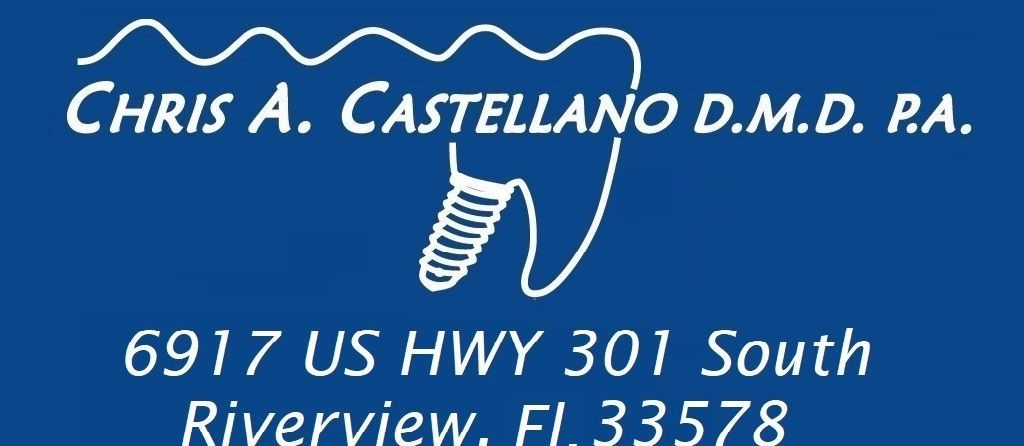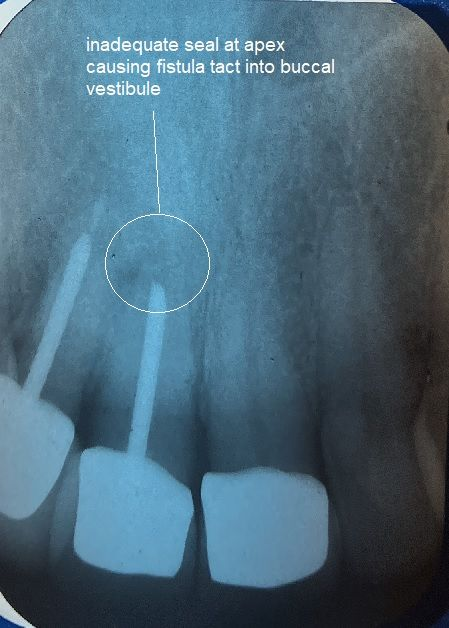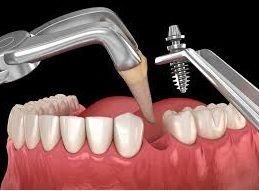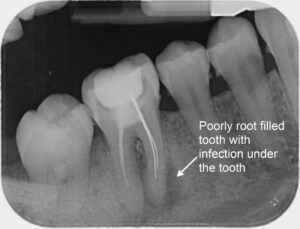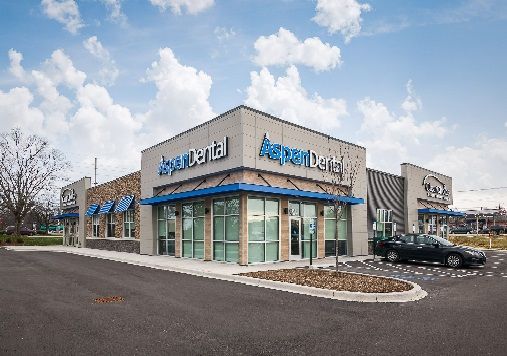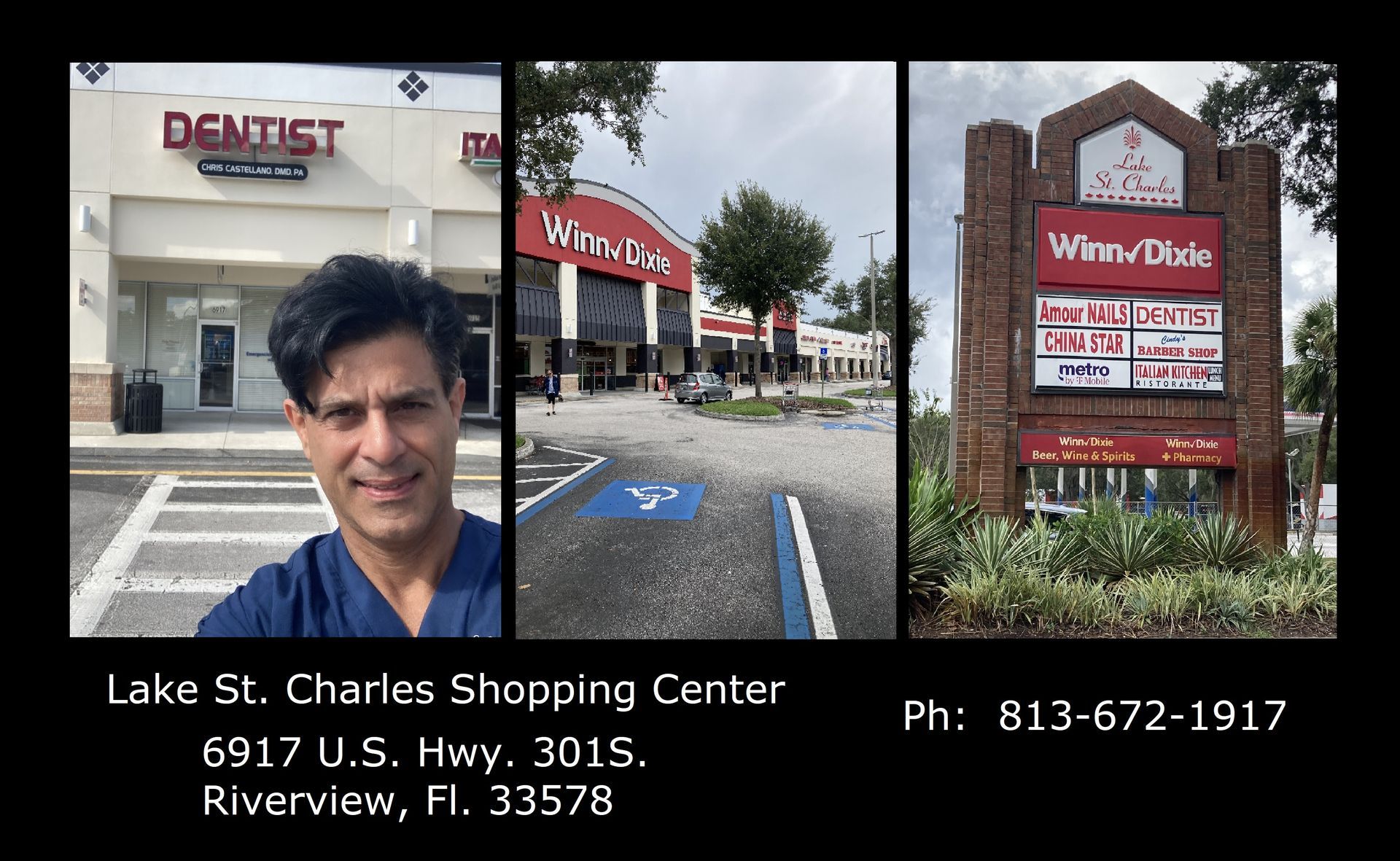
Visiting the dentist is a normal, expected part of everyday life—but that doesn't mean it can't be nerve-wracking.
When you're nervously bracing yourself for a complicated procedure or awaiting news of a cavity, a calming, reliable dentist can make all the difference in easing your fears.
Read on to discover some qualities to look for in a dentist and why these traits are ideal for someone in this type of profession.
Trustworthy
People undergoing surgery would want a surgeon that's well-trained and trustworthy. Just like surgeons, dentists work with sharp, metal objects in a highly sensitive part of an individual's body: the mouth.
A minor slip-up could result in bleeding gums, a scratched cheek, or, in serious circumstances, a chipped or heavily damaged tooth.
You should have faith in your dentist's ability to adequately perform their job and understand they're taking all the necessary precautions to protect you and your teeth from harm.
Easy to Talk to
Like any medical procedure, dentistry can be uncomfortable.
A good, reliable dentist gets to know their patients on a personal level and chats with them throughout the procedure to help them feel at ease.
They’ll need to speak with patients about their treatment, so they should be able to explain complex procedures and effectively communicate exam results.
A compassionate dentist will frequently monitor their patient's comfort level and ensure the tools or the procedure itself aren't causing discomfort or harm.
Artistic
Dentistry requires highly skilled, creative individuals, capable of mastering a variety of techniques unique to the profession.
The primary focus of most dentists is oral care and treatment, but there's an aesthetic side to the profession, too.
Dentists don't just keep teeth clean and healthy—they improve their patient's confidence by giving them attractive, winning smiles.
Detail Oriented
Another quality to look for in a dentist is attention to detail and the ability to stay focused on the task at hand.
The mouth is a highly compact workspace. Minor errors can result in injuries and misalignment that affect the patient's bite and overall tooth health.
Having a good eye for detail and a razor-sharp focus allows dentists to achieve precise, high-quality results.
Passionate
A tell-tale sign of a true professional is that they're passionate about their line of work.
Dentists should be excited about their profession, eager to continue their research, stay up to date on advancements in the field, and improve their care techniques.
A dentist should also be passionate about providing care to those in need. It's important they enjoy the various facets of their job, whether it's fixing patients' painful oral health issues or restoring their confidence by repairing misaligned bites or yellowed teeth.
In need of an enthusiastic, trustworthy dentist in Riverview, Florida? Dr. Chris Castellano can handle all your dentistry needs, including basic exams, cleaning, and full mouth reconstruction.
